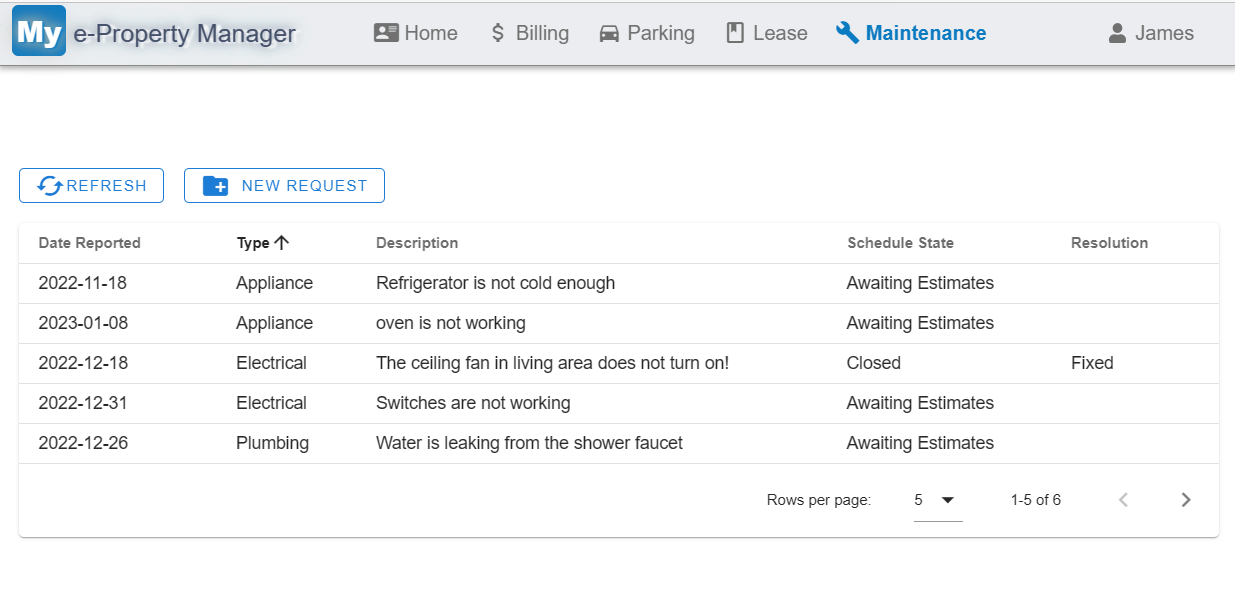Being a landlord is a rewarding and lucrative job, but it also comes with its own set of challenges. One of the most frustrating and stressful situations for landlords is when tenants vacate the property with damages. As a landlord, you take pride in your property and want to ensure it remains in good condition for future tenants. However, when tenants leave with damages, it not only costs you money but also affects the property's value and attractiveness to potential renters.
So, what can you do to protect yourself and your property in such a situation? Here are some guidelines on what to do if your tenant left with property damages.
Maintain a Continuous Maintenance Log
First and foremost, keeping a continuous maintenance log is crucial. This log should document every repair or maintenance done on the property, including the date, description, and cost of the work. Keeping track of all the repairs and maintenance work done on your property is essential for two reasons. Firstly, it shows that you have taken care of the property, and secondly, it helps you in the event that you have to go to small claim court to recover repair costs. Make sure to share this log with the tenant, so they are aware of the efforts you have put in to maintain the property.
Use a Move-In Move-Out Condition Checklist
Another useful tool is a move-in move-out condition checklist. This checklist should be signed by the tenant before moving in, and the same one should be used when the tenant is about to move out. It is essential to conduct a thorough inspection of the property and document everything to avoid any misunderstandings or disputes later. Using this checklist also makes the tenant aware that you are paying attention to the property's condition, which may discourage them from causing damages.
To download customizable move-in move-out condition checklist for free click here.
Document Everything
If your tenant has left the property with damages, document everything with photographs, videos, and repair bills. Make sure to communicate with the tenant and demand payment for the damages. If the tenant refuses to pay, you can use the evidence you have collected in a small claim court.
Use Security Deposit
The security deposit is essential for both the landlord and the tenant. For the landlord, it serves as a form of financial protection and ensures that the tenant is held responsible for any damages caused to the property. For the tenant, it provides an incentive to take care of the property and avoid causing damages, as they risk losing their security deposit if they do.
If the damages are more significant than the security deposit, you can file a lawsuit against the tenant for the remaining amount. If the tenant disputes the damages, you can use the evidence you have collected to prove your case. In case the tenant is unresponsive or cannot be located, you can use the security deposit to cover the damages.
Use My e-Property Manager to Avoid Property Damages
To avoid property damages by tenants, it is highly recommended to use My e-Property Manager. This tool helps landlords keep track of their property's maintenance and condition and can help prevent damages from occurring in the first place. It also provides tenants with access to a tenant portal where they can view a list of all their maintenance requests and check their status. This feature allows tenants to stay informed and understand the level of care that is being provided to the property. It also encourages tenants to take care of the property as they can easily report any maintenance issues and ensure they are promptly addressed.
Using My e-Property Manager can help foster a positive and collaborative relationship between landlords and tenants. By being proactive and taking these steps, you can protect your property, investment, and avoid the headaches that come with property damages.

In conclusion, being a landlord is a fulfilling job, but it comes with its own set of challenges. When tenants leave with damages, it can be frustrating and costly. However, by maintaining a continuous maintenance log, using a move-in move-out checklist, documenting damages, and using tools like My e-Property Manager, you can protect your property and investment. Remember, prevention is always better than cure, so take these steps to avoid property damage headaches.
"Please note that this blog is for informational purposes only and should not be considered as legal advice. For specific legal questions or disputes between landlords and tenants, it is recommended to seek the advice of a licensed attorney."